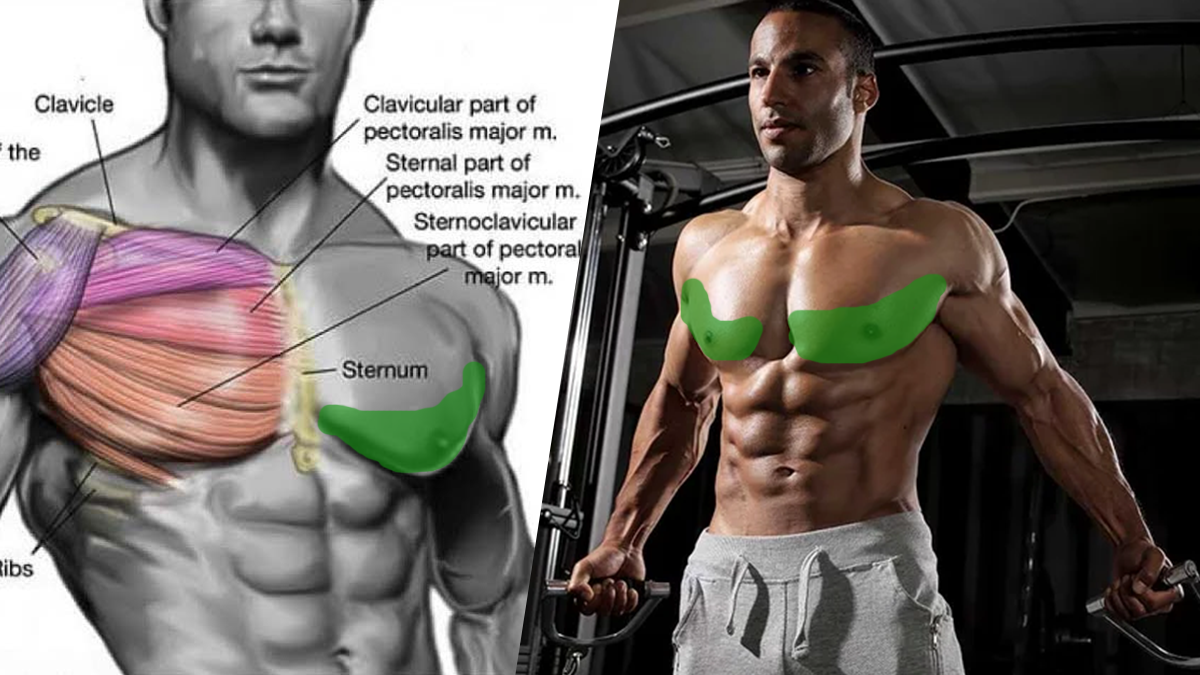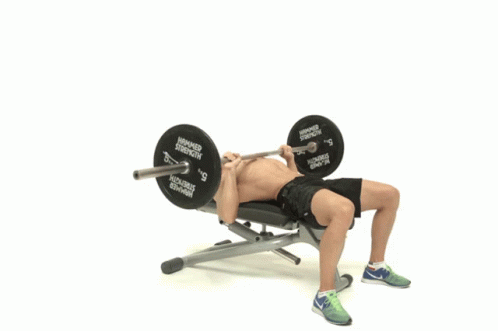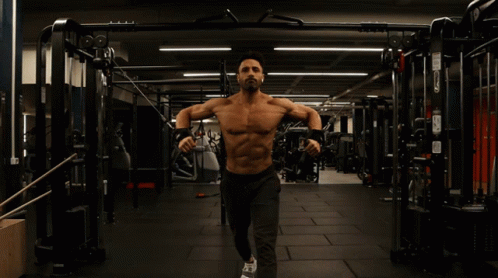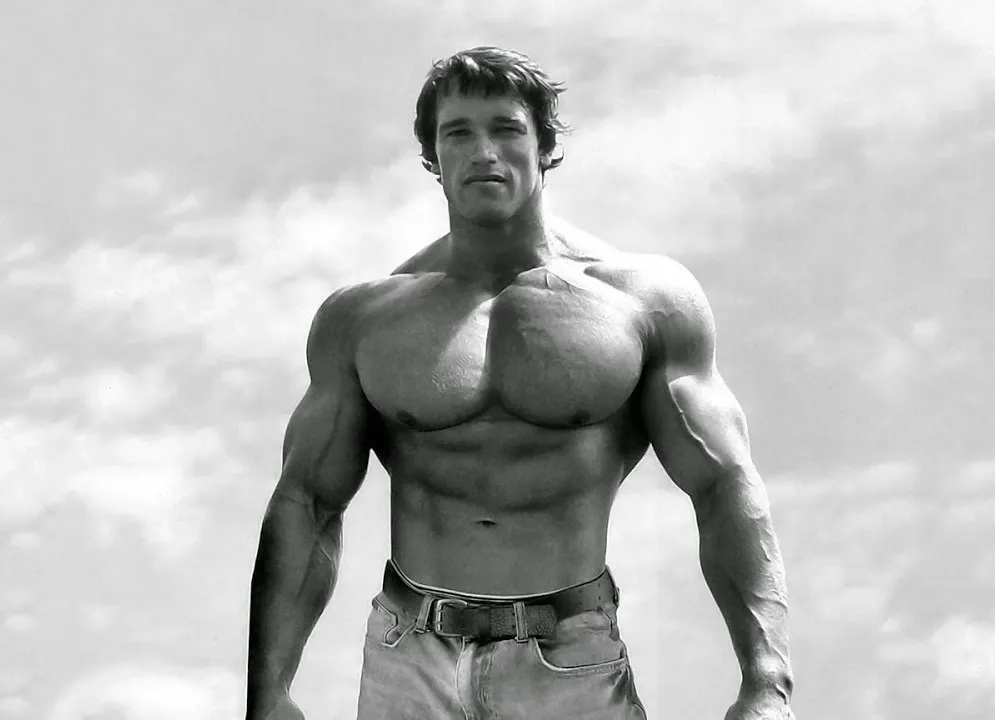Are you looking for the answer of how to Build Chest Muscles? Chest muscles not only play an important role in upper body strength, but they also contribute to a well-proportioned physique.
In this blog post, we will dive into the anatomy of chest muscles and their importance in building overall strength. We will also discuss the factors you need to consider for effective chest muscle growth, including proper nutrition, training intensity, and rest and recovery.
Let’s get started!
Understanding the chest muscles
When it comes to building chest muscles, it’s crucial to understand the anatomy of the chest. The chest muscles, or pectorals, consist of two main muscle groups – the pectoralis major and minor.
Targeting these muscles through exercises like bench press variations, push-ups, dips and flyes can help build overall strength and size. It’s important to note that each portion of the chest requires different movement patterns for optimal stimulation.
By targeting the upper, middle, and lower portions of the chest with different exercises, you can ensure balanced development and see better results. Make sure to use proper form and gradually increase weight to avoid injury and achieve maximum benefit from your workouts.
Importance of chest muscles
The chest muscles, also known as the pectoral muscles, are important for several reasons:
- Upper Body Strength: The chest muscles are some of the largest muscles in the upper body and are important for upper body strength. Strong chest muscles are essential for performing activities such as pushing, pulling, and lifting.
- Posture: The chest muscles play a crucial role in maintaining good posture. Weak chest muscles can lead to rounded shoulders and poor posture, which can cause a range of issues, including neck and back pain.
- Athletic Performance: The chest muscles are important for many athletic activities, such as throwing, punching, and swimming. Strong chest muscles can improve athletic performance and reduce the risk of injury.
- Appearance: The chest muscles are highly visible and can contribute to a person’s overall appearance. Many people strive to develop a well-defined chest for aesthetic reasons.
Overall, the chest muscles play a significant role in many aspects of physical fitness and overall health. Incorporating exercises that target the chest muscles into your workout routine can help improve upper body strength, posture, athletic performance, and appearance.

How to build Chest Muscles: Factors to Consider
#Proper nutrition for building chest muscles
Proper nutrition plays a crucial role in building chest muscles. Consuming enough protein is essential for muscle growth, and lean proteins like chicken, fish, and tofu are excellent sources.
Whey protein powder supplements can also be added to the diet to increase protein intake. In addition to protein, a balanced diet rich in fruits and vegetables provides essential nutrients for overall health. Adequate hydration is also necessary for optimal muscle function, so it’s essential to drink plenty of water throughout the day.
Consulting with a nutritionist or personal trainer can help develop a personalized meal plan that supports fitness goals and maximizes muscle growth.
#Training intensity and volume
Finding the right balance between training intensity and volume is crucial for maximizing chest muscle growth. Training intensity refers to the amount of weight lifted and the effort put into each repetition, while training volume is the total number of sets and repetitions performed during a workout.
To build strength and size in your chest muscles, gradually increase intensity with heavier weights, while reducing rest periods between sets. Additionally, gradually increasing volume by adding more sets or repetitions can also stimulate growth. However, it’s essential to avoid overtraining, which can lead to injury and burnout. A certified personal trainer can help you develop a workout plan that balances training intensity and volume for optimal results.
#Rest and recovery
Proper rest and recovery are crucial elements of any training regimen focused on building chest muscles. After a challenging workout, your muscles need time to recuperate and repair in order to grow stronger.
Adequate sleep, nutrition, and hydration are important for muscle recovery, while overtraining can result in injury and hinder your progress. Incorporating rest days into your workout routine can help improve overall muscle development by allowing your body the time it needs to heal and rebuild.
Remember that taking time off from training doesn’t mean you’re being lazy; it’s an essential part of the process that will ultimately lead to greater gains in strength and size.
Top chest exercises for building strength and size

#Barbell Bench Press
The barbell bench press is a staple exercise in any chest workout routine. Not only does it target the chest muscles, but it also engages the shoulders and triceps. However, to reap the full benefits of this exercise, proper form is crucial. It’s essential to keep your feet firmly planted on the ground, arch your back slightly, and grip the bar with a shoulder-width grip. Gradually adding weight over time can help build strength and size in the chest muscles. Additionally, incorporating variations of the bench press, such as incline or decline bench press, can help target different areas of the chest for a well-rounded workout routine.
:max_bytes(150000):strip_icc()/66-4588212-Incline-Dumbbell-Press-GIF-cc6b35c8cecc4b808532c881732bf3f0.gif)
#Incline Dumbbell Press
When it comes to targeting the upper chest muscles, the incline dumbbell press is a tried-and-true exercise. By adjusting the angle of the bench, this exercise places more emphasis on the upper part of the chest than other pressing movements. Additionally, it engages the shoulders and triceps to a lesser extent, making it an ideal exercise for those looking to build a more defined chest.
Proper form is essential for maximizing the benefits of this exercise while minimizing the risk of injury. By gradually increasing weight over time and incorporating a variety of exercises into your routine, you can increase overall strength and size in your chest muscles.

#Cable Flyes
Cable flyes are an excellent exercise for isolating and targeting the chest muscles. Unlike compound exercises that engage several muscle groups, cable flyes focus solely on the chest muscles. They can be performed with a cable machine or resistance bands, making them accessible to both gym-goers and those who prefer to work out at home.
Cable flyes allow you to maintain constant tension on your chest muscles throughout the movement, which can help promote hypertrophy or muscle growth. Additionally, variations of cable flyes such as incline and decline flyes can target different areas of the chest, allowing for comprehensive muscle development.

#Push-Ups
Push-ups are a classic exercise that offers numerous benefits for building upper body strength, particularly in the chest muscles. They are also an incredibly versatile exercise that can be modified to target different areas of the chest, shoulders and triceps. With no equipment required, push-ups can easily be added to any workout routine.
Beginners can start with modified versions of this exercise until they build up enough strength to perform a full push-up. Proper form is crucial while doing push-ups, as incorrect technique can result in injury or ineffective results. By incorporating push-ups into your workout routine, you can effectively develop your chest muscles and improve overall upper body strength.

#Chest Dumbbell Pullover
The chest dumbbell pullover is an effective exercise that helps build strength and size in the chest muscles. It’s a compound exercise that targets multiple muscle groups simultaneously, including the pectoralis major and minor, as well as the serratus anterior muscles. Proper form is essential for avoiding injury and maximizing results from this exercise.
When performing a chest dumbbell pullover, ensure that your arms are fully extended above your chest and lower the weight behind your head until you feel a stretch in your chest before returning to the starting position. Gradually increase the weight as you become more comfortable with the exercise for optimal results.

#Incline Cable Flyes
Incline Cable Flyes are a great exercise for targeting the upper chest muscles. As mentioned earlier, these muscles are often overlooked but are crucial for achieving a well-rounded chest. Incline Cable Flyes involve using a cable machine with adjustable pulleys to perform a flye motion at an incline angle.
The benefit of this exercise is that it allows for a greater range of motion compared to traditional dumbbell flyes. Furthermore, constant tension throughout the movement helps stimulate muscle growth, making it an effective addition to any chest workout routine. It’s important to maintain proper form and avoid using too much weight while performing Incline Cable Flyes to avoid injury and get the most out of the exercise.
Chest workout routine for beginners
If you’re new to working out, building chest muscles can seem like a daunting task. However, with a solid chest workout routine, you can gradually build strength and size in your chest muscles over time.
- To start, it’s important to warm up properly before starting any exercises. Basic exercises such as push-ups and bench press are great for beginners as they help build a foundation.
- Additionally, incorporating variations such as incline and decline bench press can target different areas of the chest muscles. Remember to use proper form and technique to avoid injury and maximize results.
Chest workout routine for advanced lifters
To take your chest workout routine to the next level, advanced lifters need to incorporate compound exercises such as bench press, incline press, and dips. These exercises work multiple muscle groups simultaneously and demand more from your body, resulting in increased strength and muscle growth. It’s essential to focus on proper form and technique to maximize activation of the target muscles while minimizing the risk of injury.
- By using progressive overload techniques like increasing weight or reps over time, you can continue to increase your strength and see continued progress in your chest muscles.
- Remember to incorporate variation with different grip widths, angles, and equipment like dumbbells or cables to prevent plateauing and keep things interesting.
- Lastly, prioritize allowing adequate rest and recovery time between workouts so that your muscles can grow and recover optimally.
Common mistakes to avoid while training chest muscles
There are several common mistakes that people make while training their chest muscles. Avoiding these mistakes can help you achieve better results and reduce the risk of injury. Some of the most common mistakes to avoid while training chest muscles include:
- Using too much weight: Many people try to lift too much weight, which can lead to poor form and an increased risk of injury. Start with a weight that you can comfortably handle and gradually increase it as you become stronger.
- Ignoring proper form: Proper form is essential for any exercise, but it’s especially important when training your chest muscles. Make sure you’re using the correct technique and engaging your chest muscles, rather than relying on momentum or other muscle groups to complete the movement.
- Not varying your workouts: Doing the same exercises over and over can lead to a plateau in your progress. Make sure you vary your workouts and incorporate different exercises, angles, and techniques to challenge your chest muscles in different ways.
- Neglecting other muscle groups: While it’s important to focus on training your chest muscles, neglecting other muscle groups can lead to muscle imbalances and increased risk of injury. Make sure you’re also working on strengthening your back, shoulders, and core muscles.
- Not allowing enough rest and recovery time: Your muscles need time to rest and recover after a workout. Overtraining can lead to fatigue, decreased performance, and increased risk of injury. Make sure you’re giving your chest muscles enough rest and recovery time between workouts.
By avoiding these common mistakes and following a well-designed training program, you can achieve better results and reduce the risk of injury while training your chest muscles.
Let’s Sum Up
Building chest muscles requires consistent effort and dedication to proper nutrition, training intensity, volume, and rest. To get the best results, incorporate a variety of exercises that target different areas of the chest. Always use proper form during exercises and gradually increase weight and intensity over time. By tracking your progress and making adjustments to your routine as needed, you can continue to build strength and size in your chest muscles.
Whether you’re a beginner or advanced lifter, our comprehensive guide on the best chest exercises for building strength and size has got you covered.



